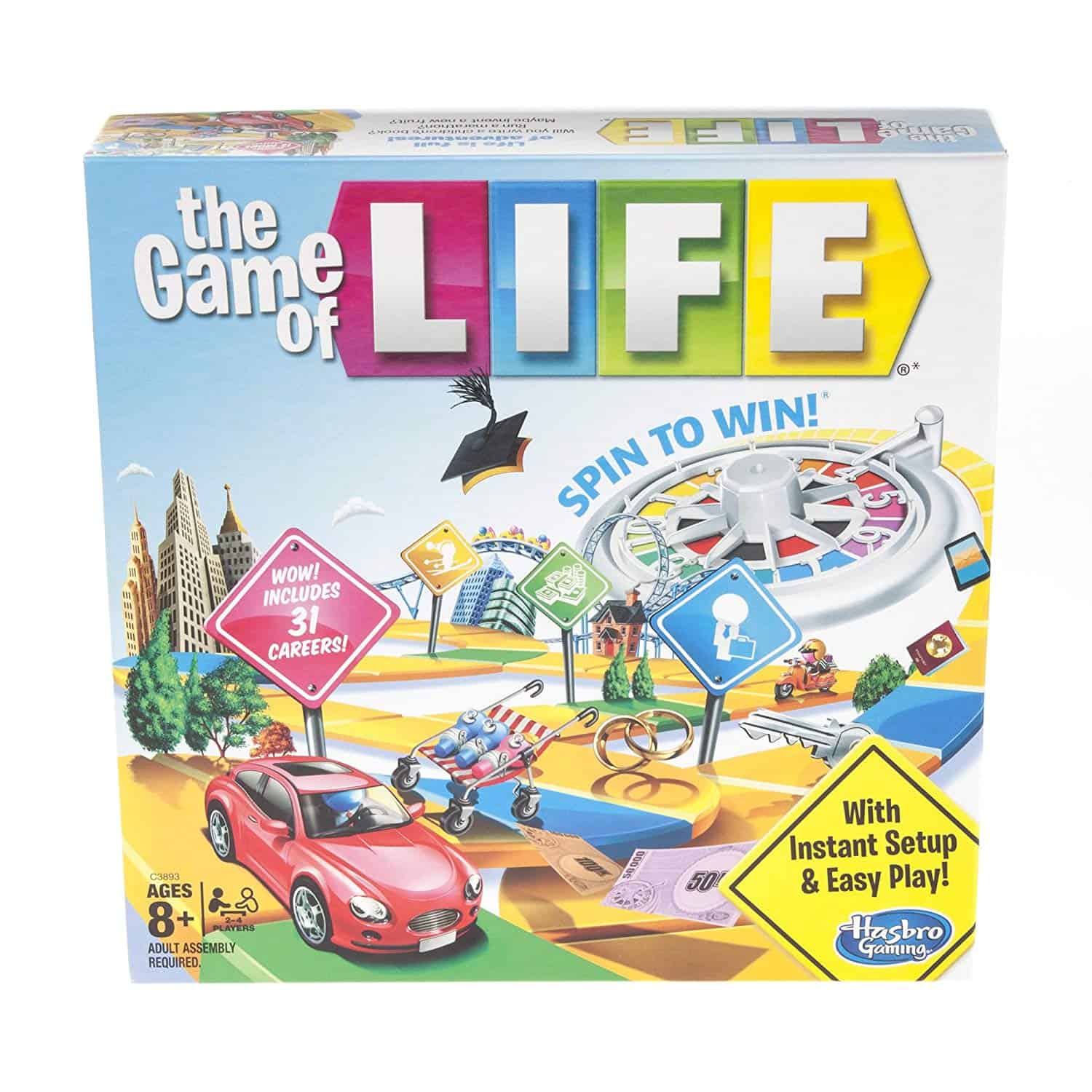

Letters to Martin Gardner on various mathematical games. While John Conway was an undergraduate at Cambridge University, he would write The Game of Life was first published in the Martin Gardner’s column in Octoberġ970 issue of Scientific American, resulting in the greatest number of letters from The basic Game of Life is very easy to implement in almost any computer language. The Game of Life generates what Wolfram has called ‘class 4’ cellular automata behaviour that is, behaviour which is neither completely random nor completely repetitive (Wolfram, 2002). There should be simple initial patterns that grow and change over some time, before coming to end in three possible ways: fading away completely (from overcrowding or becoming too sparse) settling into a stable pattern that remains unchanged thereafter, or entering an oscillating phase in which they repeat an endless cycle of two or more periods.There should be initial patterns that apparently do grow without limit.There should be no initial pattern for which there is a simple proof that the population can grow without limit.The Game of Life rules were carefully chosen by Conway to satisfy three simple criteria (Gardner, 1970): Time steps are sometimes called ‘generations’. The initial state of the game is the ‘seed’ and all cells are updated simultaneously. Rule 1 represents ‘death by under-population’ rule 2 represents ‘sustainable life’ rule 3 represents ‘death by over-population’, and rule 4 represents ‘birth’. These rules can be thought to represent basic processes of life and death, motivating the name ‘Game of Life’. And ‘off’ cell (t -1) with exactly three ‘on’ neighbours (t -1) transitions to an ‘on’ state at time t.Any ‘on’ cell (t -1) with more than three ‘on’ neighbours (t -1) transitions to an ‘off’ state at time t.Any ‘on’ cell (t -1) with two or three ‘on’ neighbours (t -1) remains ‘on’ at time t.

Any ‘on’ cell (at time t-1) with fewer than two ‘on’ neighbours (at t -1) transitions to an ‘off’ state at time t.The game takes place in discrete time, with the state of each cell at time t determined by its own state and the states of its eight immediate neighbours at t-1 (the Moore neighbourhood of radius 1), according to the following simple rules: In its standard format, the Game of Life unfolds on an infinite two-dimensional grid composed of cells each of which is either ‘on/alive’ or ‘off/dead’. 5 Implications: Emergence, self-organization, autopoeisis, and the physics of information.Even though its (simple) rules are specified at the level of individual cells, one sees entities at coarse-grained ‘higher’ levels of description, whose behaviors are better described by rules at these higher levels. One reason for its appeal is that it is very simple to program, yet at the same time it appears to exemplify emergent and self-organized behaviour. First popularized in 1970 in the Scientific American (Gardner, 1970), the Game of Life has attracted lasting appeal among both scientific and amateur communities. Following specification of an initial configuration, patterns evolve over time across the grid requiring no further user input (thus ‘zero-player’). It takes place on an infinite two-dimensional grid in which cells can be ‘on’ (alive) or ‘off’ (dead), and is defined by a set of rules that jointly determine the state of a cell given the state of its neighbours. The Game of Life (sometimes known simply as Life) is an example of a cellular automaton and a zero-player game. Izhikevich, Editor-in-Chief of Scholarpedia, the peer-reviewed open-access encyclopediaĭr.


 0 kommentar(er)
0 kommentar(er)
